Wedding Rings
Jaume Labro ZEN G
促銷價$10,500.00 起
Jaume Labro ZEN Origin A & B
促銷價$13,600.00 起
Jaume Labro ZEN H
促銷價$12,200.00 起
Jaume Labro ZEN Twist Baobab
促銷價$11,500.00 起
Jaume Labro ZEN Twist Volcano
促銷價$20,000.00 起
Jaume Labro Bamboo Flat
促銷價$19,800.00 起
Jaume Labro Ice Dome
促銷價$19,100.00 起
Jaume Labro Ice Flat
促銷價$17,600.00 起
Solitaire Rings
Jaume Labro Solitaire Ring PING
From $70,000.00
Jaume Labro Solitaire Ring VON
From $70,000.00
Jaume Labro Solitaire Ring SHIA
From $70,000.00
Jaume Labro Solitaire Ring KUEN
From $70,000.00
日本手工製作
工藝是一種有著不同風味的東西。除了是一種技術外,它也是一個記錄歷史和時代的文化傳承者。色彩斑斕的木紋黃金記錄著日本的歷史和時代的色彩,這種工藝也在時間的流動中經歷了許多變化。

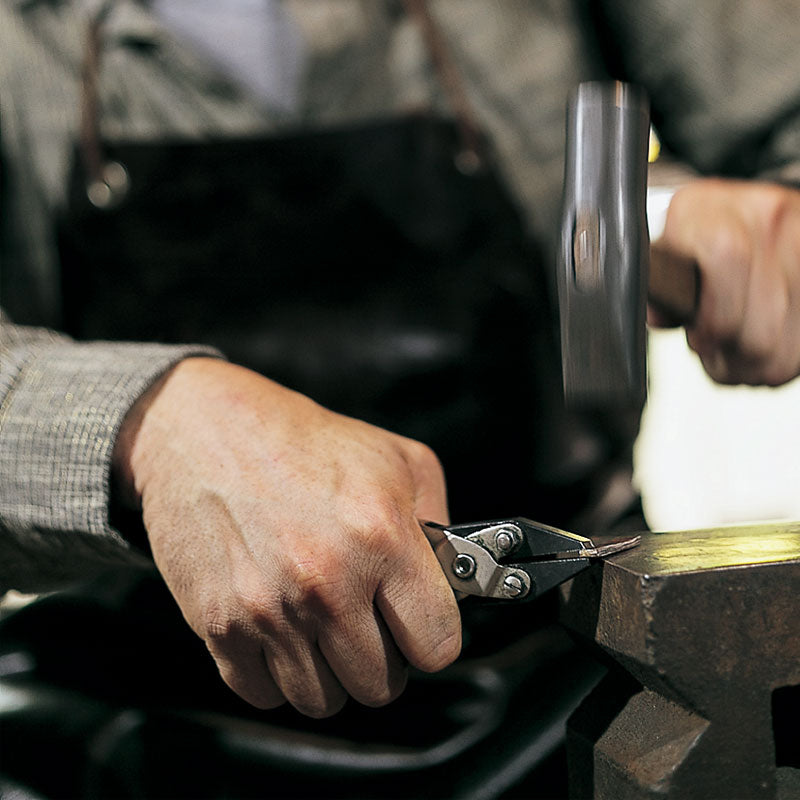
Mokume Gane技術
木目金是一種誕生於日本江戶時代的金屬技術。在日本江戶時代,由於戰國時代的結束,日本迎來了將近兩百年的和平。再加上德川幕府的鎖國政策,日本逐漸孕育出許多獨特的文化和藝術。像木目金技術這樣的金屬技術就是其中之一。
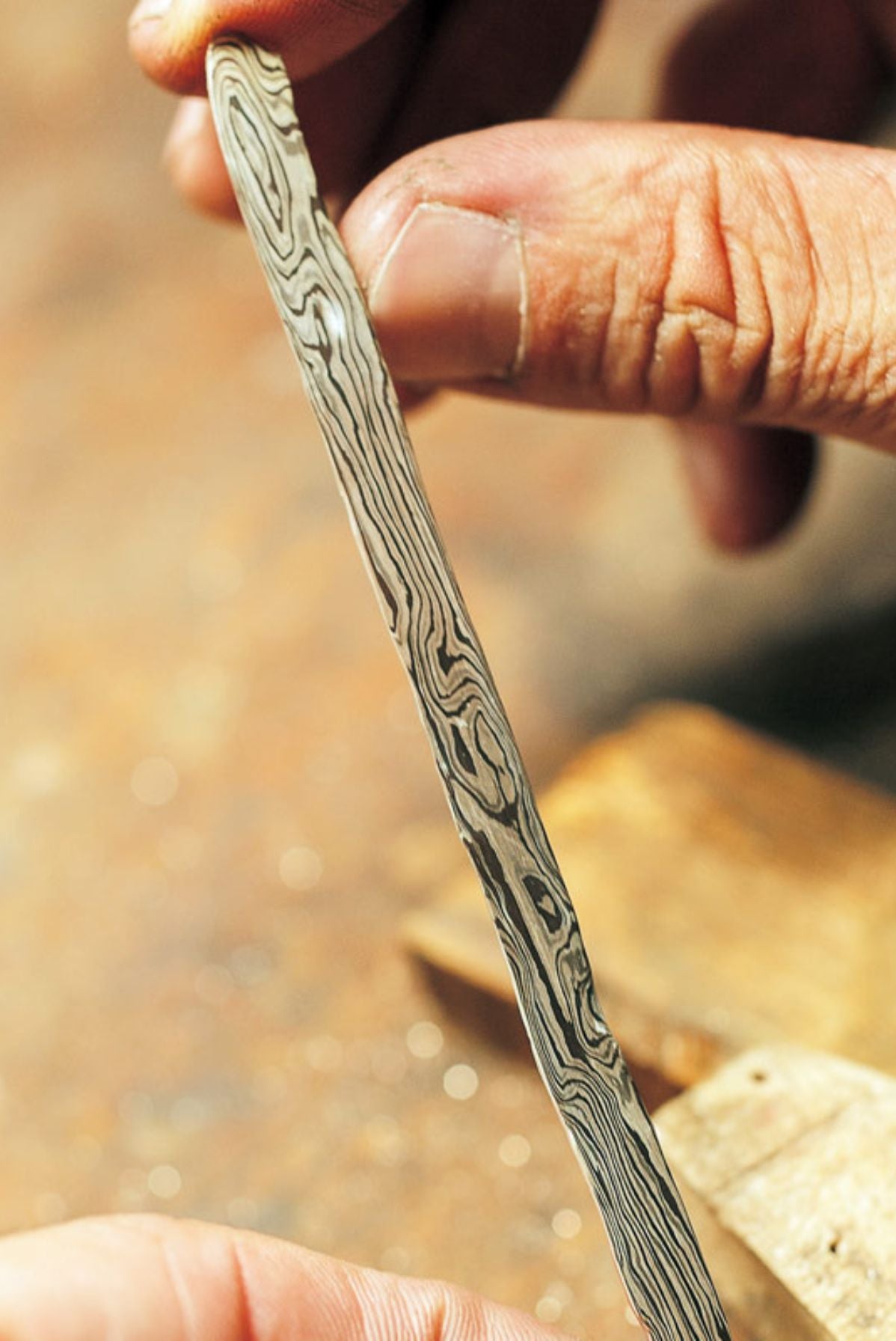

歷史
告別戰爭時代後,武士使用的刀劍已經沒有實際用途,逐漸成為武士階級地位的象徵。因此,武士刀的外觀裝飾變得更加重要,木目金就是出於這種需求而誕生的。
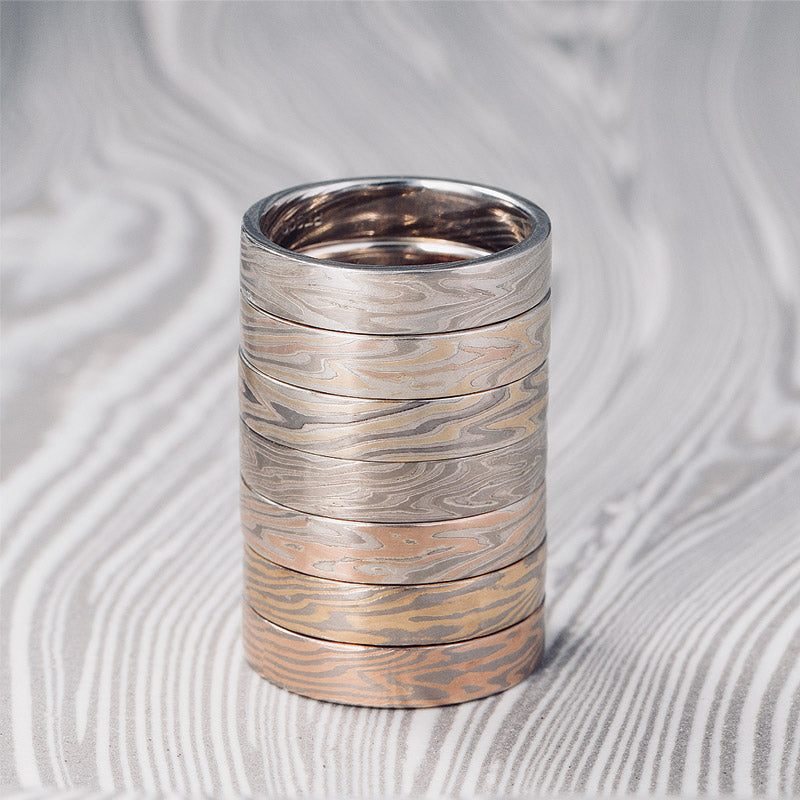

日本時代
正如江戶時代的到來促進了木紋金技術的繁榮和發展,時代的變遷也將木紋金技術帶入衰落期。日本明治維新後,日本基本的國家政策是離開亞洲,加入歐洲,全面西化帶來了巨大的政治和文化影響和變革。武士階級的衰落和實施廢刀令對木紋金工藝產業造成了巨大打擊。
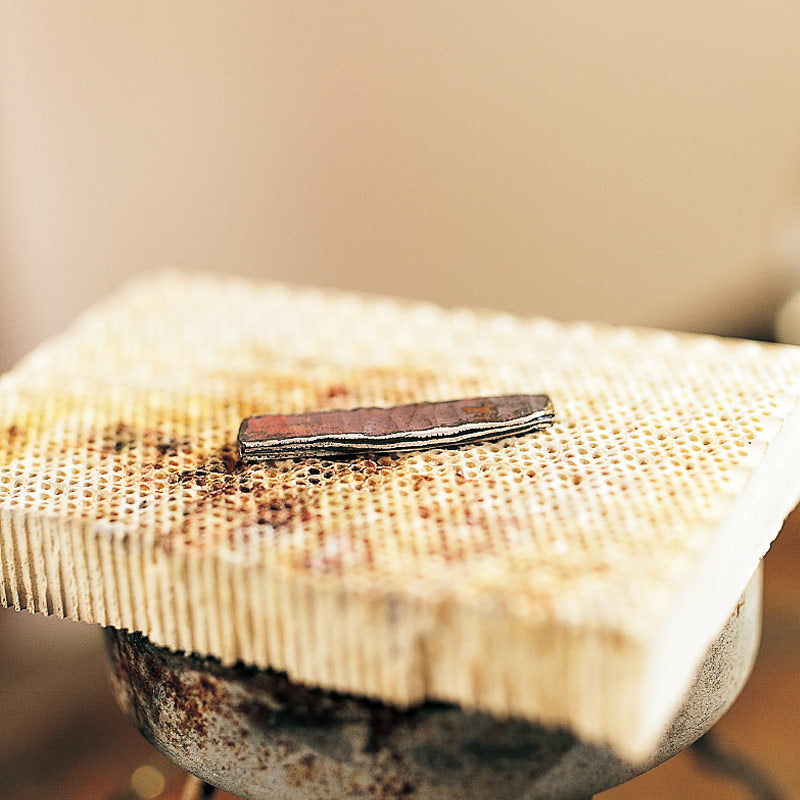
當前景觀
進入現代時代後,日本在戰敗後專注於經濟發展。經歷了許多繁榮後,日本轉變為一個製造和出口國,成為當時的世界工廠。許多現代工廠,大規模生產成為日本日用品生產的主流。傳統工藝產業的工匠在面對現代生產的競爭時失去了工作。木紋金技術再次受到重創,陷入幾乎瀕臨絕種的狀態。
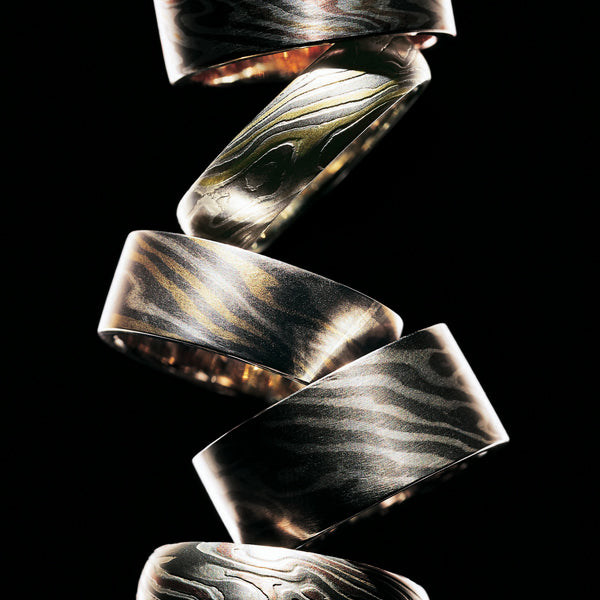
工藝
在這個時候,歐美的金屬加工和珠寶學院開始對木紋黃金感興趣,這使得木紋黃金開始在國際金屬藝術舞台上受到關注。來自西班牙的拉布羅也被這股熱潮和工藝吸引。他成為了日本木紋黃金國寶的弟子,並移居日本扎根,推廣木紋黃金技術。




























